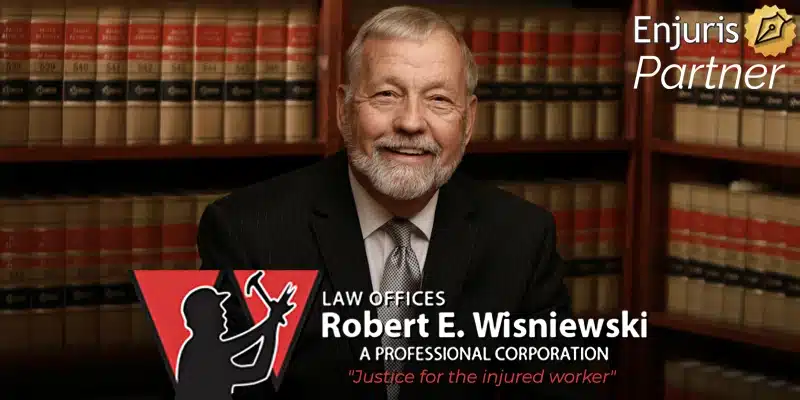
How to recover workers’ compensation benefits despite having a pre-existing condition
When it comes to workers’ compensation claims, the term “pre-existing condition” raises red flags for both employees and insurance companies. Employees worry their claim will be denied because of their pre-existing condition. Insurance companies see pre-existing conditions as an opportunity to avoid payment. Fortunately for employees, Arizona seeks to protect the interests of employees with pre-existing conditions.
Let’s take a closer look at how pre-existing conditions impact Arizona employees.
What is a pre-existing condition?
A pre-existing condition is a medical condition that existed before the work-related injury for which the employee is seeking workers’ compensation benefits.
A pre-existing condition can be a specific injury, including:
- A torn ligament
- A knee injury
- A broken bone
- A shoulder injury
Or, a pre-existing condition can be a more general health condition, such as:
- Spine degeneration
- Arthritis
Does Arizona allow workers’ compensation benefits for pre-existing conditions?
The short answer is: yes.
In order to receive workers’ compensation benefits, an employee must show that their work-related accident “aggravated” their pre-existing condition. In other words, the workplace accident must have made the employees pre-existing condition worse.
For example, let’s say your job requires you to forcefully flex your neck in order to move your helmet from the up to the down position while welding. One morning, you wake up with extreme neck pain. A review of your medical records shows that you suffered a herniated disc in your neck prior to your employment that was left untreated. It’s likely that your neck pain will be seen as an aggravation of your pre-existing herniated disc.
Along these lines, it’s important to keep in mind that employers take employees “as is.” This means that an employee with a pre-existing condition that makes them more susceptible to a particular injury can still recover benefits if the employee suffers that injury.
For example, let’s say you suffer from osteogenesis imperfecta, which is a genetic disorder that causes bones to break easily. Let’s say a box fell from a shelf and landed on you, causing you to break your arm. You would be entitled to workers’ compensation benefits even if another employee that didn’t suffer from osteogenesis imperfecta wouldn’t have broken their arm.
How are Arizona workers’ compensation benefits calculated when the employee has a pre-existing condition?
If you aggravate a pre-existing condition, you’re not entitled to compensation for the pre-existing condition. Rather, you’re entitled to compensation for the aggravation (i.e., the difference between your pre-accident condition and your post-accident condition).
Aggravations are generally classified as temporary or permanent aggravations.
A temporary aggravation of a pre-existing condition is one where the underlying condition returns to its pre-work injury condition after a period of time.
A permanent aggravating condition is one that doesn’t return to its pre-work injury condition. This injury is considered permanent and can qualify for a permanent disability benefits.
How to recover workers’ compensation benefits when you have a pre-existing condition
Unfortunately, when an employer and insurance company are aware of a pre-existing condition, they will often deny the claim or attempt to settle the claim for less than the employee deserves. In these situations, the burden falls on the employee to show that the work accident caused the aggravation.
Fortunately, there are a few simple things you can do to increase your chances of receiving all the benefits to which you’re entitled.
1. Don’t hide your pre-existing condition
The insurance company assigned to your claim will thoroughly investigate your medical background looking for any evidence of a pre-existing condition. So, while you may be reluctant to share your pre-existing condition, it’s imperative that you do so. Hiding your pre-existing condition can be grounds for denial of your claim or—even worse—insurance fraud.
2. Be specific and consistent
Whenever you have a medical exam, be sure to specify how your condition impacts your life. For example, if you used to be able to go on long walks prior to your work-related accident, but can no longer walk around the block, tell your doctor.
By creating a detailed and consistent account of your health issues, you’ll be in a better position to support your claim that the work injury aggravated your pre-existing condition.
3. Don’t give up
In Arizona, you can appeal a denied claim within 90 days from the date of the denial. Even if your appeal is denied, you can request a review of the decision and, if that fails, you can appeal your case to the Arizona Court of Appeals.
4. Hire an attorney
If you have a pre-existing condition, you’re probably in for a fight. An experienced workers’ compensation attorney can help develop the medical evidence necessary to support your claim.
Did you aggravate a pre-existing condition through a work-related accident? Visit our free online directory of personal injury and workers’ compensation attorneys to find a lawyer in Arizona.
See our guide Choosing a personal injury attorney.

